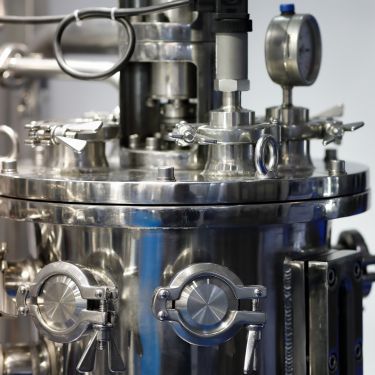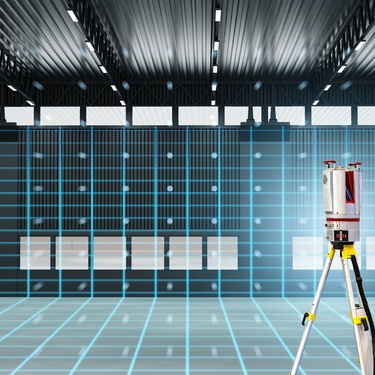
As the world increasingly focuses on sustainable practices, the filtration industry is evolving to meet these environmental standards. New technologies and approaches keep coming out to ensure filtration processes perform effectively and minimize environmental impact. Read on and discover some sustainability trends in filtration that are shaping the industry and contributing to a greener future.
Advanced Membrane Technologies
One of the most significant trends in sustainable filtration is the development of advanced membrane technologies. These membranes are more efficient and require less energy to operate. They can filter contaminants more effectively at lower pressures, lowering energy consumption. Additionally, these advanced membranes have longer lifespans, so they reduce waste and the need for frequent replacements.
Eco-Friendly Filter Materials
The shift toward eco-friendly filter materials is a response to the growing concern about waste generated from filtration processes. Manufacturers are now producing filters made from biodegradable or recyclable materials. These sustainable materials filter out contaminants and ensure that the filters don’t contribute to landfill waste at the end of their life cycle.
Water Conservation in Filtration
Water conservation is a critical aspect of sustainable filtration. New filtration systems use water more efficiently, reducing the amount needed for processes like backwashing. Some systems also have the capability to recycle and reuse water within the process, significantly lowering water consumption. This is particularly important in industries that use large volumes of water, such as wastewater treatment.
Single-Use Bioprocess Products
Single-use products are becoming increasingly popular in bioprocessing due to their sustainability benefits. Single-use bioprocess products, such as filters and bioreactors, eliminate the need for cleaning and sterilization, thereby reducing water and chemical usage. Although single-use, these products offer efficient disposal or recycling, minimizing environmental impact compared to traditional reusable systems.
Now that you know about these sustainability trends in filtration, you can see that the industry is making significant strides toward eco-friendliness. Embracing these trends is essential for businesses looking to reduce their environmental footprint while maintaining high filtration standards.
Top of Form



















